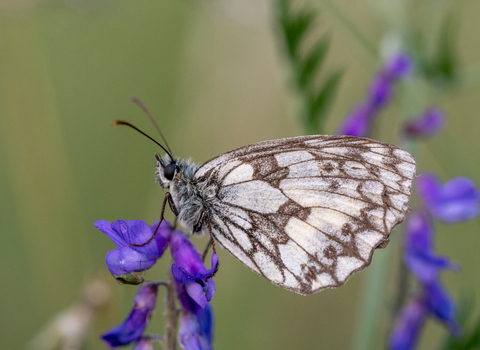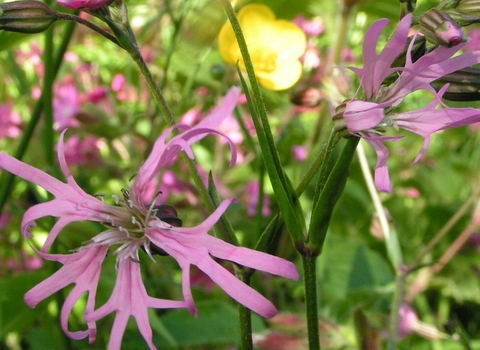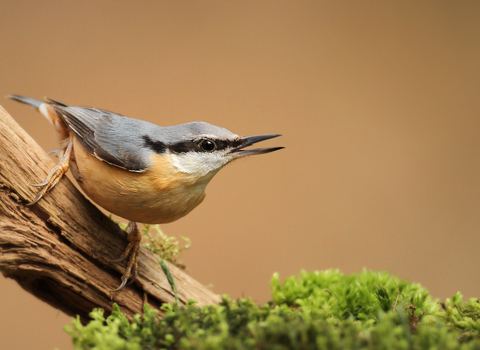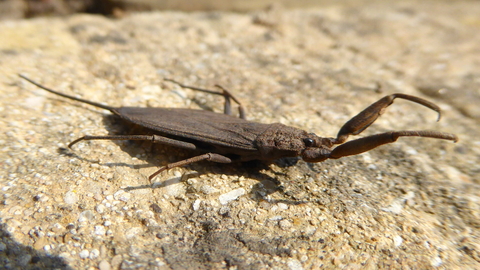
Water scorpion- Barry Clough
Broad Pool, Cilibion, Gower, Swansea
Location
Know before you go
Dogs
When to visit
Opening times
Open access reserve.Best time to visit
All year.About the reserve
It is one of the most conspicuous and best known features of central Gower. The Pool is known to have been in existence in 1645. Its origins appear to have been natural, although there is evidence that the pool was modified by the removal of sediment and vegetation from the late eighteenth century. Despite its shallowness Broad Pool has only been recorded as having dried out three times in the last one hundred and eighty years: in 1897, 1920, and 1984.
The Pool contains a rich assemblage of aquatic plants including Lesser Marshwort and Alternate Flowered Water-milfoil, both uncommon plants in south Wales. Fringed Water-lily is present and has dominated the aquatic vegetation in the past. This attractive and uncommon plant is only native in a small area of the south east of England and was introduced to Broad Pool around 1952.
The pool is visited by a wide range of waterfowl and wetland birds including Heron, Snipe, and Little Grebe, with passage migrants such as Ruff and Spotted Redshank. It is a locally important breeding site for amphibians, and supports a varied aquatic invertebrate fauna including Water Stick Insect and Water Scorpion, and fourteen species of dragonflies, including Azure Damselfly and Golden Ringed Dragonfly. As there are grazing rights over the Common, cows and ponies are often seen drinking in the Pool.
Management Objectives: To maintain an area of open water, and control the Fringed Water-lily. The spread of the Fringed Water-lily during the 1960s, and the subsequent encroachment of rush and Sphagnum moss threatened a change from open water to mire. The l984 drought enabled the removal of silt and restoration to the pool’s former condition. Erosion of the roadside edge of the pool is also being monitored.
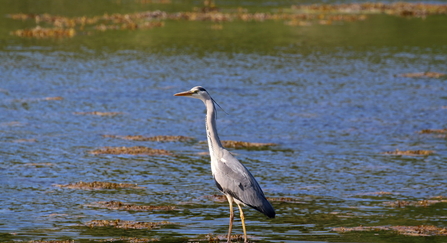
David Hopley

